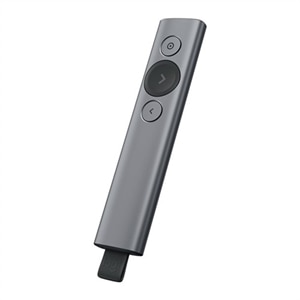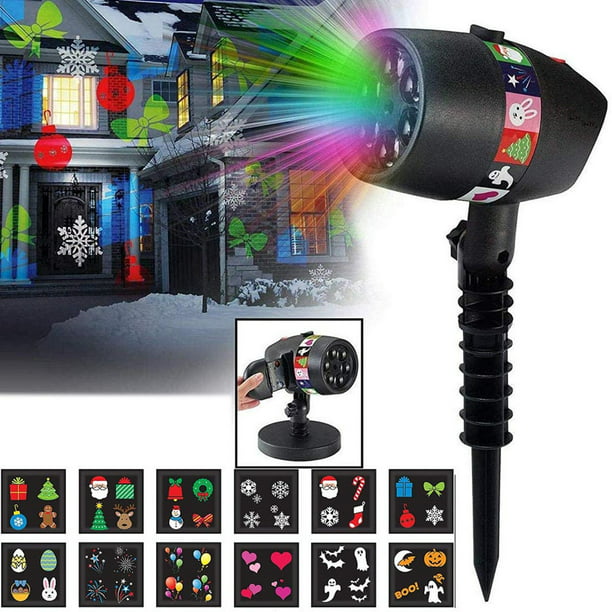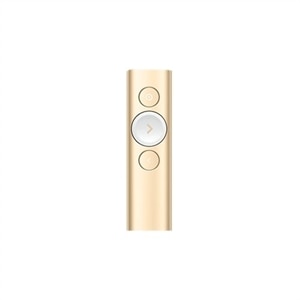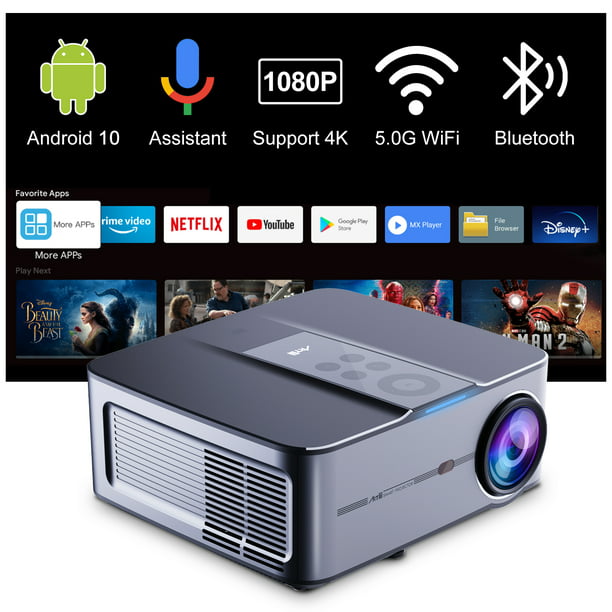various discussions I've had with my roommate, who has similar experiences)
The size of the screen and the quality of the picture are two things that would surprise you about this new technology. Plus, you don't have to lug around a massive TV or sound system.
Image source: https://www.dell.com/
Not only will this method save time and money, but it also allows you to watch in a room with no problems with light or sound interferences.
Image source: https://www.optoma.com/
This is great for when you need quiet time at work or cramming a movie in before bedtime while your roommate sleeps.
Image source: https://www.croma.com/
I've been trying to figure out how I can watch television on my projector for awhile now and it has always been trickier than I thought...
Image source: https://na.panasonic.com/
So I just had to research this myself. I have a projector and a TV connected to my laptop, and the projector hasexcellent video quality, thanks to its 6-bit grayscale (8-bit if you add a component in). And the best part? The signal comes from my laptop.
Image source: https://www.lg.com/
Here's what you'll need:(1) An HDMI cable that runs from your computer HDMI port (make sure it's up to date!) through your wall or a powerline modem. This is how you connect your computer to your TV!
Image source: https://epson.com/
(2) A cable (either Composite or Component) that runs from your DVD/Blu-ray player through the internet and into your TV.(3) A VGA extension cord (male/female) in order to see your computer screen on the projector.
Image source: https://www.walmart.com/
Doing this lets you have huge screen television service and gives you freedom of movement while watching, because you can control the laptop from any chair out of range of the projector.
Image source: https://www.ebay.com/
Any movie or show that is already on your harddrive shows up on your TV just as it would if it were a DVD or Blu-ray, and you can still use the remote like normal! The only difference is that it won't be pretty blue, yellow, or red lights flashing at you to tell you about volume changes, etc. Since this is
Image source: https://www.amazon.com/
a laptop I'm using, I don't have that problem. The best part is that you don't have to carry around a TV or sound system, or haul the projector up a flight of stairs.
Image source: https://justinrange.com/
If your computer has multiple HDMI ports, use them! If you have more than one monitor, screen-split it and send half of the picture to each monitor. Or just send all the pictures to your TV.
Image source: https://www.dell.com/
With my setup I can run Windows Media Center on my Media Center PC, and have it stream video to both my laptop and projector at the same time.
Image source: https://na.panasonic.com/
Using this method you can get your cable service on a large screen without having complex wiring or expensive equipment. It's easy and simple.
Image source: https://epson.com/
The only difference is that the colors won't be as intense, but you can use your TV's previous color-saturation settings to adjust the colors back to "normal" or get it even better! There are a lot of post processing programs on the internet that do an amazing job at enhancing picture quality while retaining blurriness. (This post was partly based on
Image source: https://www.walmart.com/
One of the main reasons I choose this as a simple method is because I don't own a TV, so I don't want to buy one just for using my computer. It also saves me money from buying a second monitor or cable box.
Image source: https://www.ebay.com/













Comments
Post a Comment